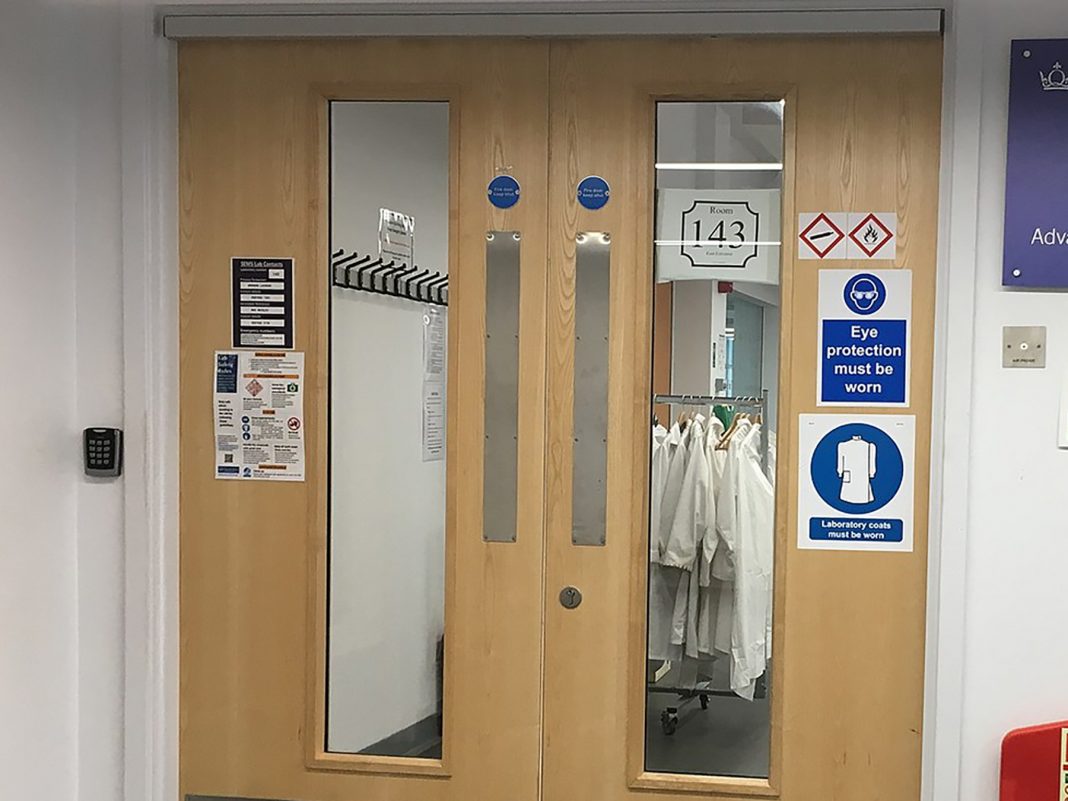Startling new statistics on the effectiveness of fire doors in use have come from the BWF Fire Door Alliance which concluded that nearly a third of people responsible for them do not understand their responsibility under law.
The survey, based on 1,000 people with responsibility for fire door specification, installation, and maintenance, also concluded that almost one in ten (8%) did not know how current new legislation will affect how fire doors are specified, and four in five respondents say that end clients do not require third-party certified fire doors to be specified
Only one real positive sign emerged from the survey, as more than half of respondents (55%) said they would now ask for more information on product traceability and seek more proof of performance.
Helen Hewitt, the body’s Chief Executive, said: “Our findings clearly show that while the new legislation appears to have had a positive initial impact, there is still some work to be done in disseminating the detail, and building an understanding of how compliance with the law can be met. This must be made an urgent priority for all those responsible for fire safety.”
The research, published in a new report as part of the Alliance’s Be Certain, Be Certified campaign explored understanding and attitudes towards third-party certification of fire doors, which can assist those responsible for a building’s fire safety to fulfil their legal obligations and offer robust proof of a fire door’s performance.
Helen Hewitt continued: “Third-party certification provides robust proof of performance and traceability of a fire door’s components, its manufacture and journey through the supply chain. Despite this, there is still no mandatory requirement under Building Regulations for the use of third-party certified fire doors, despite the essential role fire doors play in protecting building occupants from the spread of smoke and fire.
“Our latest report, which we’re proud to launch as part of our Be Certain, Be Certified campaign, calls for those ultimately responsible for building fire safety to specify third-party certified fire doors as a requirement throughout all UK buildings. Not only will this raise the standard of fire door safety but crucially, it will help protect lives.”
The research also highlighted major barriers to the adoption of third-party certified fire doors. Over a third (35%) cite cost as the primary reason, while 33% reported a lack of end client demand.
While end clients typically don’t insist on certification, the overwhelming majority (88%) of respondents agree that the traceability of a complete fire door assembly is important to the organisations they’re working on behalf of. However, fewer than a third (28%) said they will go as far as to specify third-party certified fire doors to meet their obligations.












